Your company should be creating website content to reach your ideal audience and turn them into customers. But, with that being said, creating content that your customers want to read can be much easier said than done.
In this article, we will outline how you can create content that your audience genuinely wants. Let’s get started.
Answer Relevant Questions Your Customers Have
Answering your customers’ questions with content is essential for any online marketing strategy. It can show that you understand them and help win their trust. Fortunately, there are several different ways to help identify the questions your customers have!
Start by checking in with your customer service team to see if there are questions that they frequently get asked! If you can base your content on these questions, not only can you save your customer service team time, but you’ll show customers that you understand their needs and make them more likely to purchase with you as a result.
You can also conduct some question keyword research. Head to a tool like AnswerThePublic with a list of words and phrases related to your business. Plug them into the tool, and it’ll provide you with a series of questions that people are asking about any given topic.
Basing your content on these questions can help ensure that you rank for these queries on relevant search engine results pages (SERPs) and draw in relevant traffic!
As inspiration, let’s look at a few examples of businesses that answer questions in their content.

Cisco Umbrella, a cyber security software provider, has a great guide to DNS Security that does several things well.
This guide answers their target audience’s questions about what this type of security is, who needs it, and how it works. By outlining this information in a guide, Cisco Umbrella can help its customers decide whether or not this is a security solution that suits their needs.
Consider writing guides that answer people’s questions about your products, services, or niche. If you do this, you can help draw in relevant traffic to your website — then, once people see that you’ve answered the questions or concerns they have, they’ll be more likely to want to make a purchase.
Dollar Shave Club, a razor subscription service, has a lot of great content on their website too. In their article on rocking a mustache with stubble, for instance, they outline what guys need to do to trim and groom their mustache in a way that looks good. They discuss styling, products to use, and more.

This guide is excellent for the type of guy that Dollar Shave Club targets — it’s for people who are conscious about their grooming habits and want to look and feel their best. By writing this article, Dollar Shave Club can build trust with its target audience!
Consider answering relevant questions in your content to build trust with your prospective customers. If you can outline how to solve a problem related to your field, you will help develop a relationship with your audience and potentially increase your sales in the process.
Create Content to Help Customers Better Understand Your Services
Customers will be far more likely to invest in your products and services if they fully understand them. So, if you create and publish content that explains how your products or services work, you can encourage people to make a purchase.
Many different types of content can help your customers understand your products or services. Here are a few examples:
- Tutorials that show how to use a product
- Quizzes that help a user determine the best service for their needs
- Buying guides that outline details about a product category
- Comparison pieces that compare different products or services directly
Let’s look at a few examples of businesses that produce this type of content as inspiration.
Instant Checkmate, a public records search facilitator, has a lot of helpful content on its website that falls into this category. For instance, on the page for their people search tool, they outline what customers can use their tool for, namely background checks, address and phone number lookups, and more.
Instant Checkmate can help visitors better understand their purpose by outlining different uses for this tool, encouraging them to spend money with the business.
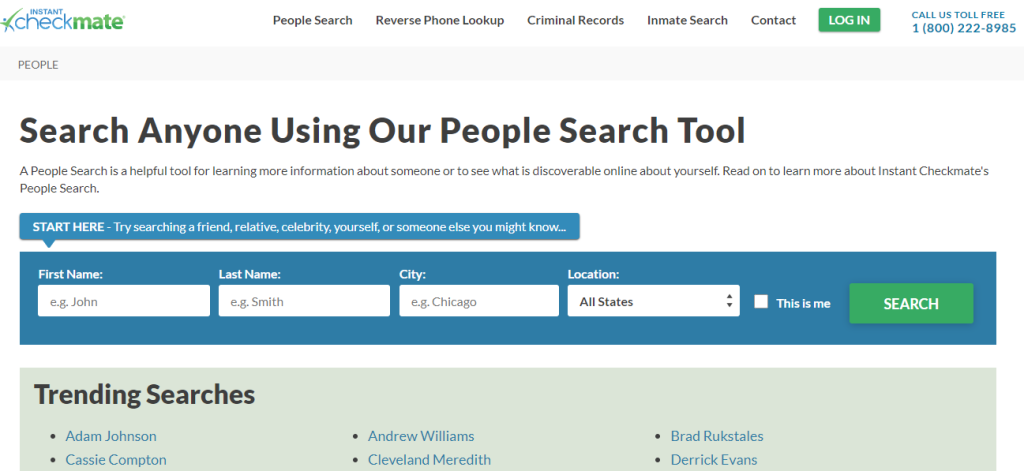
Outline how your products or services work on your website through your content. If you do this, you can help people understand why they might need your services, so they want to spend money with you.
BarkBox, a dog toy subscription service, has a lot of helpful content on its website, too. For example, their article on Bark Bright, their dog dental care service, outlines the basics of canine dental care, how it works, and more.
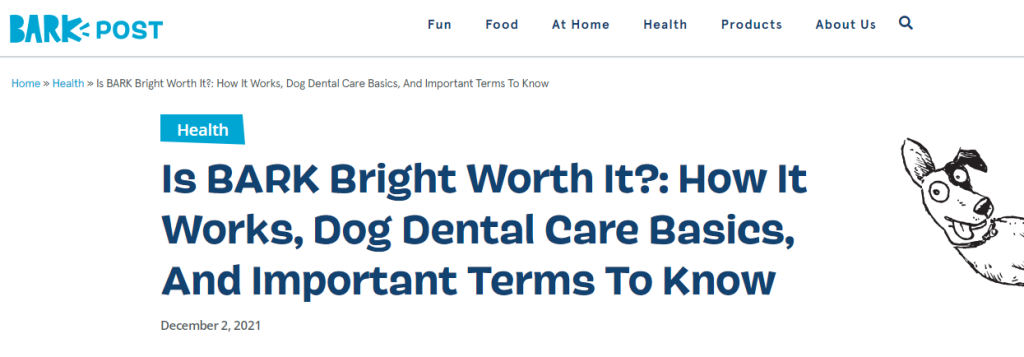
In essence, the article’s goal is to sell the user on Bark Bright by educating the reader about dog dental care. Many people don’t know how important it is to take care of their pet’s teeth, but this article showcases a problem to the reader and then tells them how to solve it.
Additionally, it helps the reader better understand the company’s products, making them more likely to purchase.
Use your content to help people understand what you can offer them! If you can tell people how your products or services work in an easy-to-understand way, they’ll be more likely to trust you and want to spend money with you.
Identify Problems Your Customers Are Having (Then Solve Them)
Another way you can provide a lot of value to your audience is by addressing their problems. You can do this — and help solve them — with your content!
One great way to identify customer pain points is to check back in with your customer service team. This can help you identify common themes and concerns that people have relevant to your field of work.
You can also survey your past customers. This can help you get specific information about the type of people you’re targeting — ask them things like what they need from businesses like yours or how you could help them better understand your niche.
If you can create a calculator, template, or tool that solves your ideal customer’s problems, they’ll be more likely to trust you and, therefore, more likely to spend money with you down the road.
Let’s look at a few examples of businesses that do a great job of addressing customer pain points for inspiration.
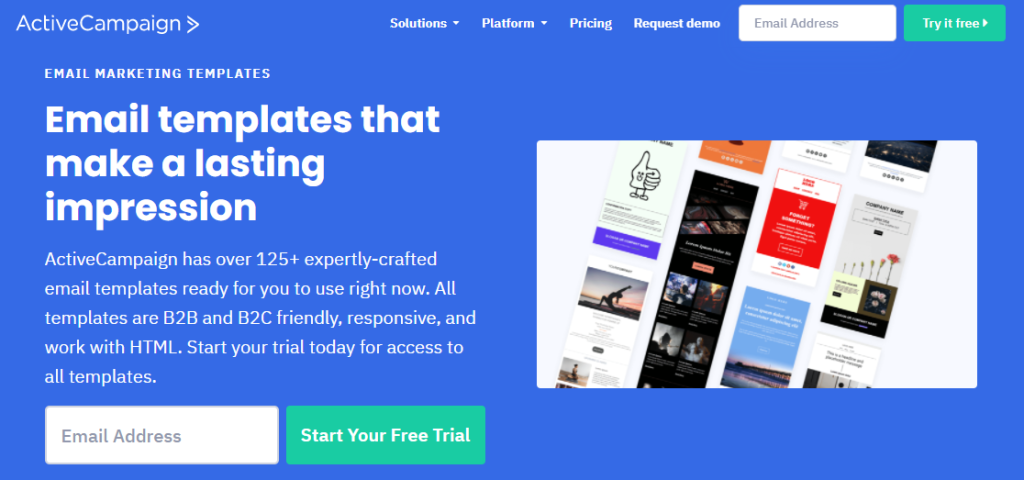
ActiveCampaign, a company that offers customer experience software, helps address customer pain points using email templates. These are great for their target audience, which is primarily made up of small-to-midsize business owners.
Many people might not know how to design professional-looking emails, but these templates can help get them started. Furthermore, this means that ActiveCampaign has a free resource that solves customer pain points!
Think about what free tools or resources you can offer to help solve your target audience’s pain points. These resources can give people a better idea of what your business can do and make them more likely to want to spend money with you in the future!
TurboTax, an online accounting software company, has helpful tools on its website. Their self-employment expenses guide, for instance, helps users estimate their potential tax savings based on their annual business expenses.
Because many of TurboTax’s customers are self-employed, this tool is sure to solve a common problem among them.
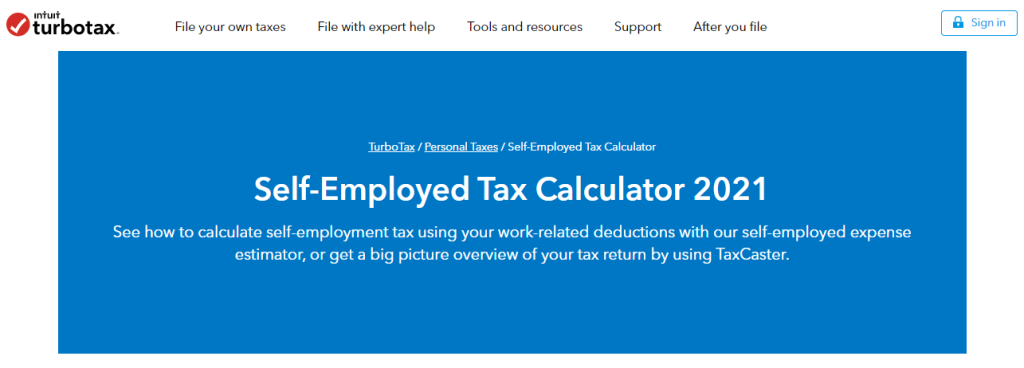
Think about what tools or resources you could create to help your target audience. You might be afraid to offer something for free, but this is a great way to build trust with your target audience and ultimately get new customers!
Explore Helpful and Essential Subjects With Ultimate Guides
Ultimate guides offer a great way to ensure that you provide your customers with helpful content. These guides outline everything a reader needs to know about a particular subject — ideally, beginners and experts alike should learn from them.
Ultimate guides are excellent because they allow you to show off your expertise, help your customers, and earn their trust.
To come up with topics for ultimate guides, think about what subjects you know inside and out in your field. What are you an expert in? What do people come to you for over your competitors? These are the topics you can use to create helpful ultimate guides.
Let’s look at an example of a business that has a great ultimate guide for inspiration.
ScrapingBee, a company specializing in data gathering while scraping the web, has a great ultimate guide to Java web scraping. They outline what web scraping is, how it’s done with Java, and then, as an example, they scrape CraigsList.
This helpful guide outlines some of the most vital information their customers will require about Java web scraping and answers many common customer questions. Also, this makes for a great ultimate guide!
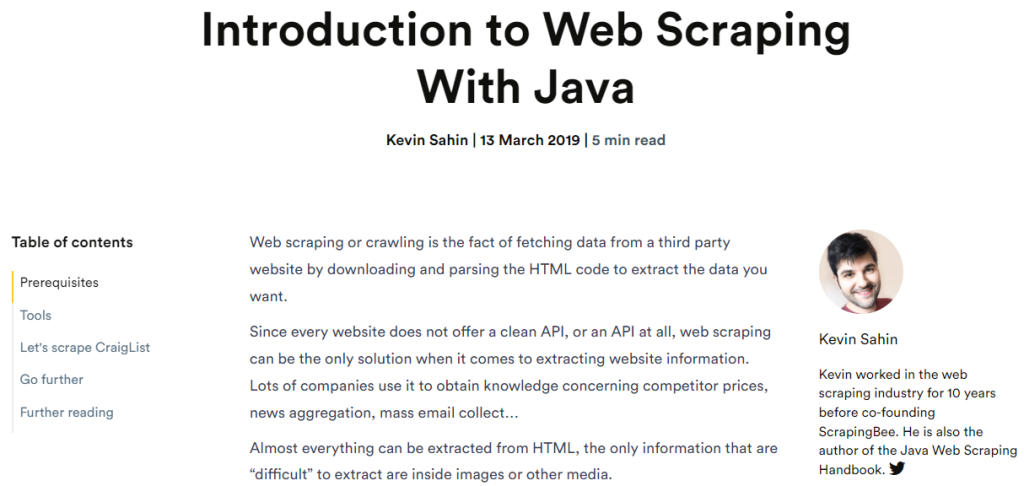
To come up with topics for your ultimate guides, think about what subjects you know inside and out. These will make for great ultimate guide topics that can help your customers!
Ask Your Customers for Ideas and Feedback
One of the easiest and most effective ways to ensure you’re meeting your customers’ needs is by asking what they want from you. One way to do this is through surveys!
Websites like Google Forms and SurveyMonkey can help you create surveys with short-form and long-form questions so your customers can provide you with feedback about their experience with your company. You can ask them what topics you should cover on your blog, what questions they have about your field, and the like.
Once you have your survey results, look for common trends and consider implementing suggestions where possible. This will show your customers that you’re listening to their concerns and increase their customer satisfaction.
Summary
Creating web content should be a huge part of any modern marketing strategy. This article outlined how you can create content that your audience really wants using surveys, keyword research, and more.
Need more help? Check out the WoahTech blog. They have how-to guides on SEO, marketing, and more!
Author Bio
Aaron Haynes is CEO and co-founder of Loganix. The company is an SEO fulfillment partner for digital marketing agencies and professionals, which provides the services businesses need to improve their online visibility and grow. If you liked this article, check out the Loganix blog, where you’ll find more SEO guides full of expert advice.
